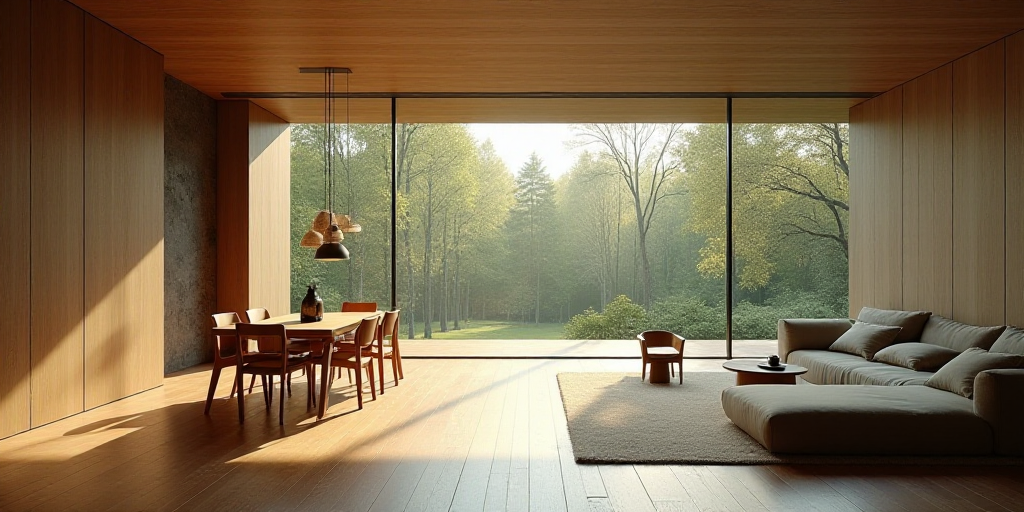In the coming years, living in an environment that regenerates nature rather than harms it could shift from an idealistic aspiration to the new standard in real estate. As the global market transforms, regenerative construction emerges as one of the most promising bets, not only promising healthier cities but also properties with greater value and long-term projection.
The Rise of Sustainable Urbanization
According to consulting firm McKinsey, sustainable urbanization projects could represent up to 30% of the global real estate market in the next decade. This growth is projected to have a significant impact on long-term property valuation.
These actions allow for reduced operational costs, improved quality of life, and more sustainable appreciation over time.
Documented Environmental Value
Beyond the financial impact, the project also offers measurable ecological benefits. Over more than 150 hectares, 196 bird species and local fauna such as jaguars, axolotls, and coyotes have been registered. Other efforts include:
- Developing an edible forest with species that enrich the soil and produce food.
- Conserving native seeds through a specialized nursery for high-longevity germoplasm.
- Using an internal application that regulates materials used by residents and suppliers, in line with ILFI standards.
These measures not only meet technical criteria but also reinforce the idea of building more sustainable communities with long-term projection.
An Evolving Model
Currently, only two developments worldwide have been recognized as Emerging Community by ILFI. One of them is Reserva Santa Fe. While many cities are just beginning to explore these approaches, this project has already integrated regenerative practices as part of its daily operation.
In the words of its founder, Armando Turrent, the goal is to demonstrate that it’s possible to build communities that restore natural resources instead of depleting them. Beyond constructing housing, the aim is to create resilient environments that prioritize environmental balance and quality of life.
Key Questions and Answers
- What is generative construction? Generative construction, also known as regenerative construction, is an approach that aims to create built environments that restore and enhance natural resources rather than depleting them. It focuses on long-term sustainability, ecological benefits, and improved quality of life.
- Why is sustainable urbanization important? Sustainable urbanization is crucial as it addresses the growing demand for housing while minimizing environmental impact. It promotes healthier cities, reduces operational costs, and ensures long-term property value.
- What are the ecological benefits of Reserva Santa Fe? Reserva Santa Fe has documented 196 bird species and local fauna, developed an edible forest, conserved native seeds, and implemented strict material usage standards. These efforts contribute to biodiversity, soil enrichment, and sustainable living.
- Why is Reserva Santa Fe significant? As one of only two projects recognized as Emerging Community by ILFI, Reserva Santa Fe exemplifies the integration of regenerative practices into daily urban life. It demonstrates that building communities can prioritize environmental restoration and quality of life.






